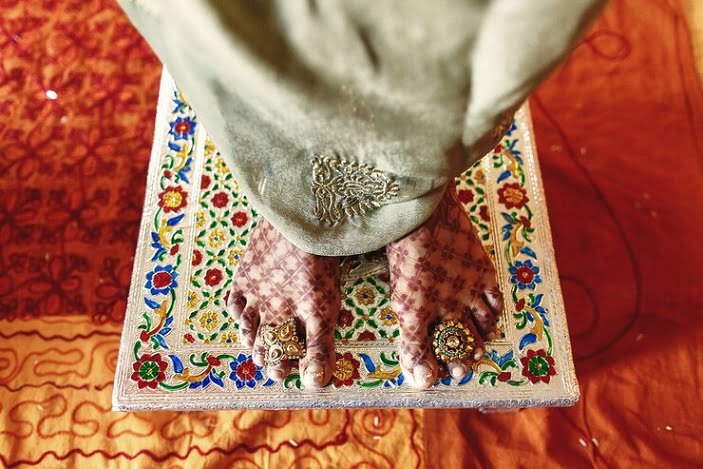Mosque carpets are something beyond utilitarian floor covers; they are an image of commitment, an association with the heavenly, and a wellspring of comfort for admirers. The actual solace presented by mosque floor coverings is a basic part of their plan and reason. Muslims are expected to supplicate five times each day, and the demonstration of petitioning God frequently includes standing, bowing, and prostrating on the mosque’s floor. To work with this, mosque carpets are designed with a focus on the worshippers’ comfort.
The delicateness and padding given by these floor coverings offer break to tired feet and knees. They act as a defensive obstruction against the hardness of the floor, guaranteeing that admirers can focus on their requests without inconvenience. The material solace of the floor covering urges people to remain longer in the mosque, cultivating a climate where commitment and examination can prosper. The decision of material and the nature of craftsmanship add to the floor covering’s solace.
Symbolism Woven into Every Thread
Every element of a mosque carpet, from its plan to its tones, conveys significant imagery that interfaces the admirer to the heavenly. Perhaps of the most obvious image found on mosque rugs is the mihrab, a specialty or curve that focuses towards Mecca, the holiest city in Islam. The mihrab’s presence on the floor covering fills in as an aide, guaranteeing that admirers situate themselves accurately during their requests, confronting the Kaaba in Mecca, which is the focal point of Islamic love.
Mathematical examples are one more key element of mosque rugs, representing the solidarity and request of the universe. These multifaceted plans frequently consolidate shapes like stars, octagons, and interlocking polygons, building up the idea of tawhid, the unity of God. The agreement and routineness in these examples mirror the heavenly request and the interconnectedness of all creation.
Floral motifs are a recurring theme in mosque carpet plans, portraying blossoms and plants. These themes are not just tasteful; they represent the magnificence of God’s creation and the transient idea of life. Similarly as blossoms sprout and shrivel, life on Earth is transient, a suggestion to admirers of the everlasting idea of the profound domain.
Variety is one more component of imagery on mosque rugs. For instance, green frequently represents heaven, while blue addresses the heavenly and sublime characteristics of God. Red might represent the honest power or the blood of saints, and white implies virtue and tidiness. The cautious choice of varieties on the floor covering is planned to make an outwardly invigorating and profoundly inspiring air.
The Transition from Secular to Sacred
Mosque carpets assume a vital part in denoting the change from the mainstream to the hallowed. At the point when admirers enter a mosque, they customarily take off their shoes as a worthy gesture and virtue. Venturing onto the rug is representative of abandoning the worries of the material world and entering a space committed to petition, consideration, and heavenly association.
This change is a cognizant demonstration that underlines the change in center from the commonplace to the hallowed. The demonstration of taking off one’s shoes and feeling the non-abrasiveness of the rug underneath supports the thought that the mosque is a position of profound shelter and commitment.






